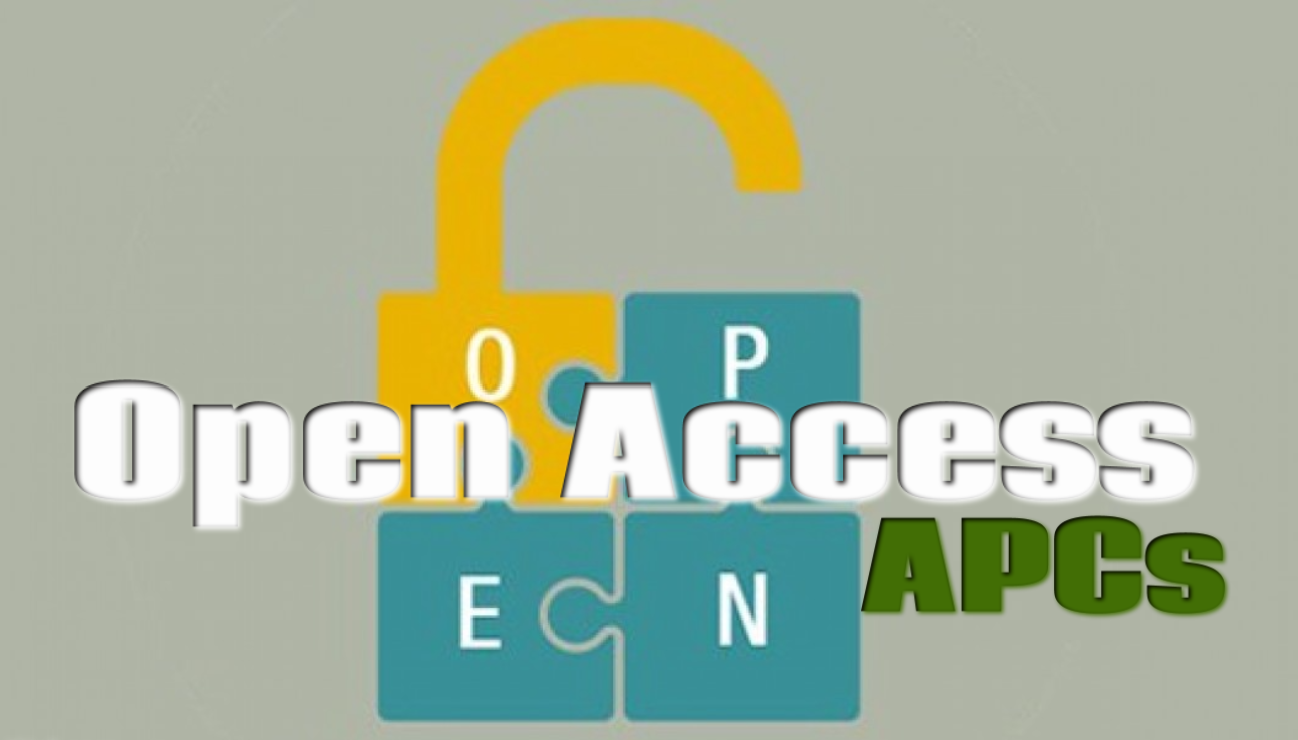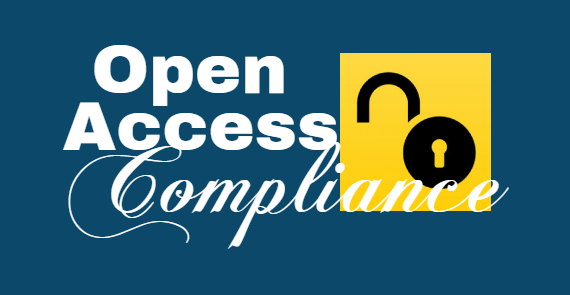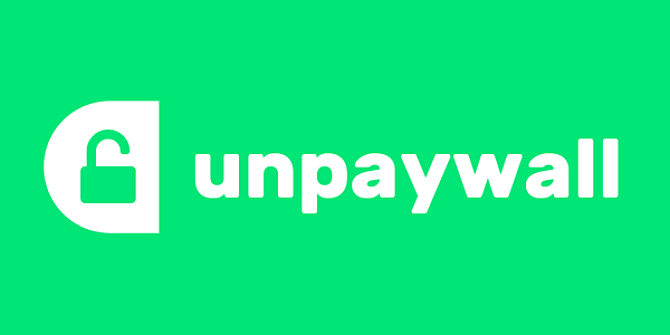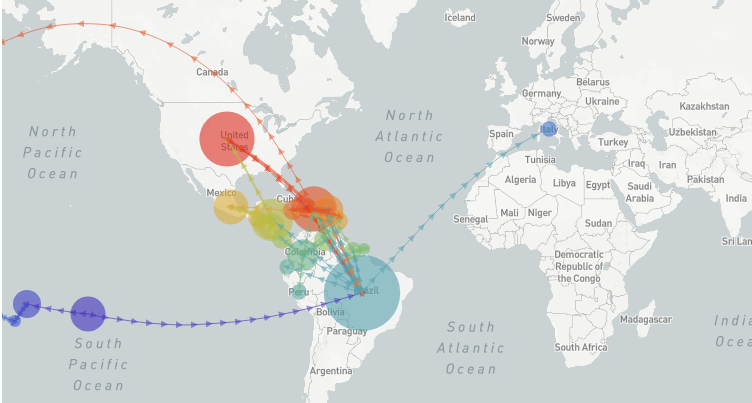
European Open Science Cloud: building a research data e-infrastructure
European research and institutional repositories are very much fragmented. The fragmentation has led to inefficiencies which might have impeded the speed of research and innovation. To address this issue, the European Commission has been working to realize a massive e-infrastructure- European Open Science Cloud (EOSC). The EOSC will combine various data infrastructures to provide fast and seamless access to data. The EOSC will be a one-stop shop for data generated by member states, according to Mr. Carlos Moedas, the European Commissioner for Research, Science and Innovation.
The rationale behind EOSC is to give consumers (researchers and other users) access to data generated by public funding. By creating a trusted environment for hosting and processing research data, EOSC ultimately aims at accelerating the EU science, research, and innovation.
The EOSC facilitates data sharing and re-use across disciplines and borders. Besides, EOSC reinforces Open Science and Open Innovation. The EU believes that this world-class data infrastructure will benefit science, business, and public services. The hope is that, once the project is concluded, it will stimulate the development of better-interconnected innovation centers and start-up ecosystems. Moreover, it will boost the cooperation between universities and industry.
The Commission appointed High-Level Expert Group that advises the Commission on European Open Science Cloud implementation. Mr.Silvana Muscella chairs the new High-Level Expert Group.
The EOSC provides access to 1.7 million researchers in Europe and more than 70 million science and technology professionals. Obviously, e-infrastructure of this size needs high-bandwidth networks, large-scale storage facilities and super-computer capacity to effectively access and process large datasets stored in the cloud. That is why the EU has put a plan in place to invest more than (I think there’s a misspelling in the following part; it’s probably more than 200 euros) euro 200 over the coming two years. It is estimated that half a million ‘core data scientists’ are needed to make the most of open research data in Europe so that the EOSC can be fully functional by 2020.

There are two avenues for publishing open access articles: The Gold and Green open access. Access to open access journals is free of charge. Nonetheless, there is always cost associated with publishing or disseminating open access articles. There is no publication cost for Green open access articles- they are uploaded in institutional repositories without undergoing rigorous process of peer review and publishing. But there is a cost for depositing and disseminating articles. However, Gold open access (fully and hybrid open access journals) comes with a significant publishing cost, which is Article Processing Charges (APCs).
Average APCs
The cost usually ranges from $1000 to $3000 depending on the quality (impact factor) of journals. Yet some countries have APC cap. For instance, a maximum fee that Germany institutions pay for APCs is € 2000.
Article Processing Charges are usually covered by authors, educational/research institutions or by funding agencies. European Union makes APCs available through Horizon2020 program. Research funding agencies such as Jisc, Bill and Melinda Gates also cover APC related costs. Obviously, educational and research institutions pay millions for subscription to get access to non-open access journals. On top of this, some institutions pay APCs. This cost can be significant to institutions. However, how significant this cost is? This is the question that Najko Jahn and Marco Tullney’s study attempted to address.
The Cost of Open Access
For instance, between 2005 and 2015 Germany educational and research institutions paid APCs amounted to € 9,627,537 to cover APCs for 7,417 articles. Out of the total paid for APCs, €3,661,120 (2,856 articles) came from Max Planck Institute. Most of the APCs went to fully and hybrid open access journal publishers. Springer Nature and Public Library of Science (PLoS) received about 54 per cent of the APCs from Germany institutions.
Study by Najko Jahn and Marco Tullney revealed that hybrid journals charge more APCs than fully open access journals. They found out that Germany institutions prefer to publish on fully open access journals. In contrast, the UK and Australian institutions mostly pay APCs to hybrid open access journals.
As indicated above, research institutions are spending significant amount of money to realize open access. What is not clear yet is that how much this effort is encouraging researchers to publish on either fully or hybrid journals. Source

Many countries and research funding agencies adopted open access policies to research. All open access policies mandate open and immediate access to published scientific articles- in some instances with a maximum of one year embargo period. Furthermore, it is mandatory to provide machine-readable metadata of articles. Though the requirements differ from one funding agency to another, in most of the cases, researchers have to provide DOI (digital object identifier) number, grant number, etc. There are also funding agencies asking grant recipients to put a logo or an emblem of the funder on the published scientific article- i.e. to acknowledge funders’ financial contribution.
After all, genuine open access is more than publishing on open access journal or depositing articles in an institutional repository- other requirements, which are crucial for scholarly materials dissemination and consumption should be fulfilled. Nevertheless, ‘not all the articles that are made available online have been done so in compliance with existing OA policies,’ says Mafalda Picarra, open access researcher at the Jisc, UK.
Research conducted on the degree of compliance indicates that a significant number of researchers (grant recipients) are either totally noncompliant or only partially compliant with open access policy requirements. This has become an issue of great concern for open access advocates. But why researchers are failing to fully comply with open access? There is no easy answer to this question as there is no comprehensive research that makes thorough analysis to respond to this very question.
According to Mafalda Picarra, monitoring open access compliance is a complex task. The challenge primarily emanates from the lack of appropriate enforcement mechanisms. Despite making open access publishing mandatory, there are still funding agencies who do not have proper ways of ensuring it. Moreover, it is difficult to monitor open access compliance. Perhaps, this is due to the fact that researchers use different platforms to publish their research output. Another factor, according to A study conducted on Springer Nature OA authors, is lack of understanding among researchers about funders’ open access policy requirements. This makes the task of monitoring compliance, both manually and in an automated fashion, very complicated.
The role open access plays for research and innovation has become increasingly evident. Open access cannot achieve its goals and objectives unless researchers comply with funders’ open access requirements. This makes the need for compliance, proper enforcement of open access policies, indispensable for the realization of open access goals.
Organizations are working to fill this gap, lack of compliance, using manually and automated monitoring mechanisms. United Academics, an open access foundation based in the Netherlands, offers open access compliance certification services. Jisc and Symplectic are trying to develop similar tools specifically designed for the UK-based research funding agencies. ‘However, such systems are still sparse,’ writes Mafalda Picarra. Sources

Impactstory, a nonprofit organization working to advance open access, has unveiled Unpaywall a browser plug-in that gives users easy access to electronic open access scientific articles. This plugin, according to Futurism, scans more than 90 million open access articles with Digital Object Identifiers (DOIs).
Unpaywall’s plug-in is compatible with Chrome and Firefox web browsers. It is funded by the National Science Foundation and the Alfred P. Sloan Foundation.
Unpaywall assigns a lock with different colors to what it discovers. If the lock on the right side of the screen is green, the full text of an article is accessible. Otherwise, it shows gray lock- means the article is still locked behind a paywall.
Unpaywall claims that most of the times (50 to 85%) the plug-in enables users to get what they are looking for for free. However, this can only be verified by independent researches.
This plugin has some weaknesses. For instance, it does not tell if the article is behind the paywall or not while it is still in the list of items displayed by search engines; for example, in the Google Scholar search results. You have to click the article (navigate to the publishing journals’ landing page) to see either the green or the gray lock. Moreover, in many cases what Unpaywall identifies as open access article with the green lock is already, in most of the cases, shown under Google Scholar search results as open articles by indicating the existence of PDF files. Furthermore, Impactstory does not provide a possibility to directly search its database to discover all open access articles readily available for download. It depends on results from other search engines.
Moreover, in most of the cases, Unpaywall shows results from Gold open access (published by paying article processing charges) and green open access (uploaded by authors). Articles which are not under both categories cannot be accessed through Unpaywall. It cannot give access to, for instance, papers under embargo period which typically last up to one year. Most of what are available through Unpaywall are pre-prints. Though it is illegal, it is Sci-Hub that truly tears paywall down.
There are a lot in common between Unpaywall and OA Button, which is already in existence since 2013. Nonetheless, there are other distinct not for profit organizations such as Oalibrary.org and Oalib.com offering direct access to millions of open access articles. Sources

Nextstrain.org wins Open Science Prize
Nextstrain.org, a website that enables researchers visualize and track virus evolution in real time, has won Open Science Prize. Nextstrain.org’s model integrates shared and open data from various global research teams to facilitate pathogen surveillance and epidemiological investigations, PLOS reports.
Currently, Nextstrain.org is tracking the evolution of Ebola, Zika, Avian Influenza and Influenza viruses. Its data set comes from data that scientists deposited in Genbank or posted to lab websites or GitHub.
The main goal of the website is to improve epidemiological understanding and improve outbreak response.
According to PLOS, Trevor Bedford, the leader of the team that won the prize says that sharing data publicly and quickly may have a potential for real world impact.
Open Science Prize is an initiative of the US National Institutes of Health (NIH), Howard Hughes Medical Institute (HHMI) and Wellcome Trust. Those organizations fund research and advocate for open access to scientific publications. Moreover, they provide financial support for authors to encourage them publish their research output on open access platforms. See sources

